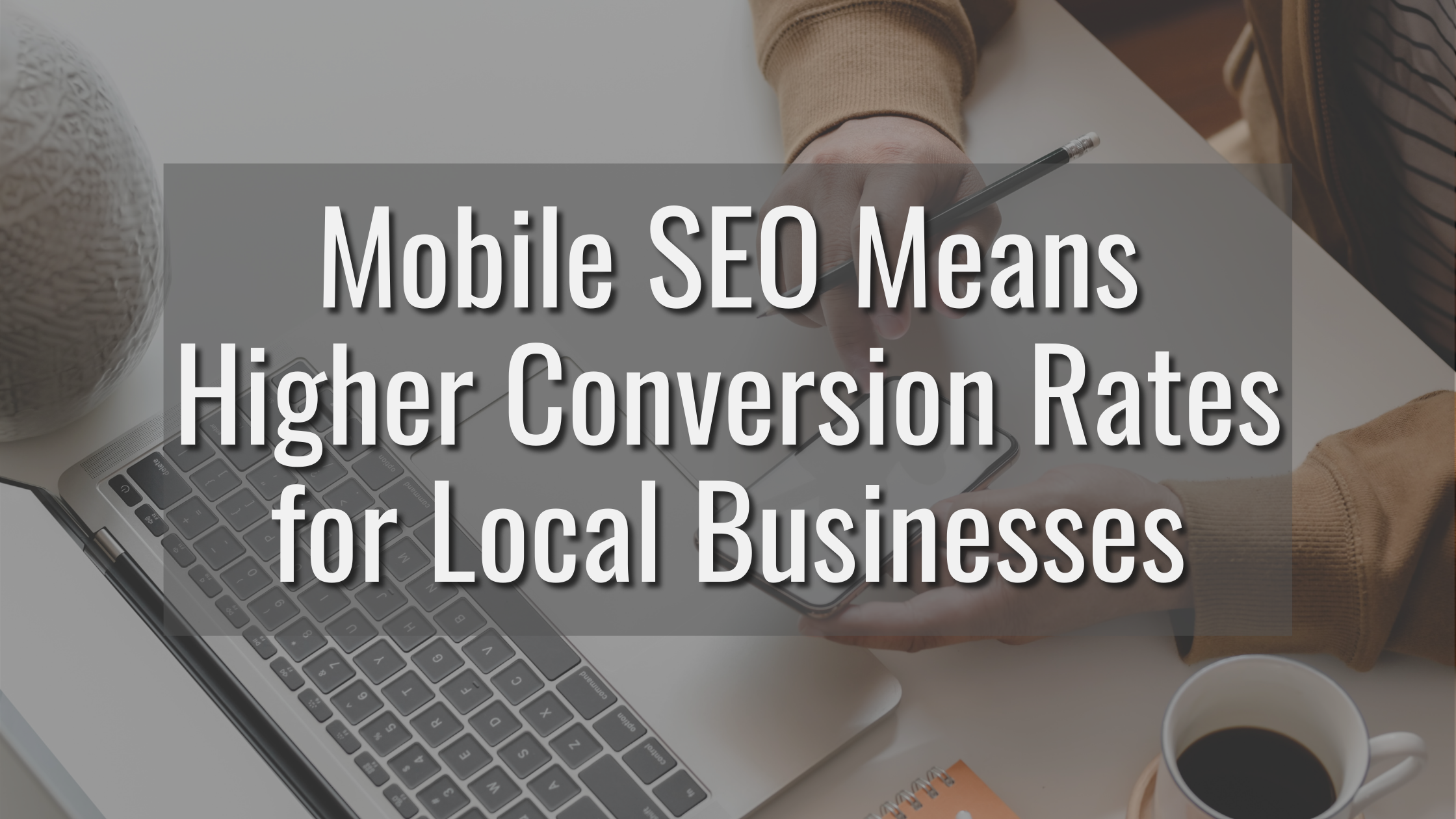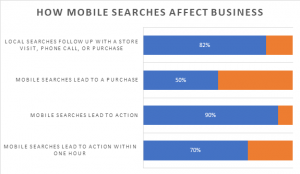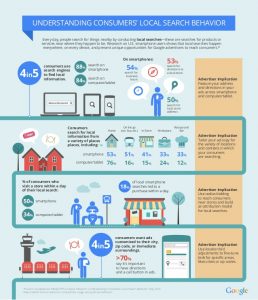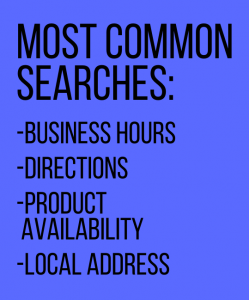With their abundant resources, large companies seem to be putting many local businesses out of business. But there is a way to fight back. Local SEO targets consumers right in the area. Instead of wasting focus on the entire world wide web, local SEO uses metrics to help people search for nearby brick-and-mortar businesses. Search terms such as “near me” or a specific location like “Seattle” centralize a search and assist local SEO.
Contents
Local SEO is less competitive, less expensive, and makes more sense for small businesses that serve a specific geographic area. In fact, 80% of business for companies that serve a geographic area come from within 5 miles of their location.
Because local SEO is better for small local businesses, it’s crucial to have a great website that works flawlessly on mobile devices. Google research says that 50% of mobile users are likely to visit a business after conducting a local search, versus only 34% of consumers who search from tablets or computers.
According to data from 2019, there are an estimated 235+ million smartphone users in the United States. That means over 235 million people are able to contribute to mobile SEO for local businesses.
Local searches convert customers quickly:
Local searches are more likely to convert within an hour or a day than non-local.
Focus on your consumers’ needs to optimize mobile usability
Don’t just assume your website is mobile-friendly: About 61% of mobile customers admit that they are likely to go to a competitor site after visiting a mobile-unfriendly site. Check your website for mobile usability so you don’t miss out on potential sales.
Google discovered that people searching local businesses were most often looking for business hours, directions to a local store, product availability, or the local store address.
How do you improve your local and mobile marketing?
Make the most out of your advertising to reap the benefits of mobile SEO for local business. Here are some of Google’s tips for making local advertising more relevant:
-
Optimize for the consumer’s location:
Advertisers can reach a large set of consumers by starting with a wide geographic area, such as the entire United States, and then using location bid adjustments to fine-tune for specific areas or ZIP codes.
-
Help consumers find what they need:
Make it easier for people searching to find the information they need. Simply adding location extensions, a phone number, or a click-to-call button in the ad can lead consumers to take action faster.
-
Engage consumers near your stores:
Use radius bidding to reach consumers near stores and build an attribution model for local searches.
Conclusion: Optimize mobile SEO for local business by including relevant information
Local businesses profit off mobile SEO. People spend a lot of time on their mobile devices searching for things to do, places to see, and products they need. So, be sure to provide information that makes your business easier to find and more welcoming. If your website looks professional, you look more qualified for their business.
Did you find these tips helpful? Let us know what you think!





